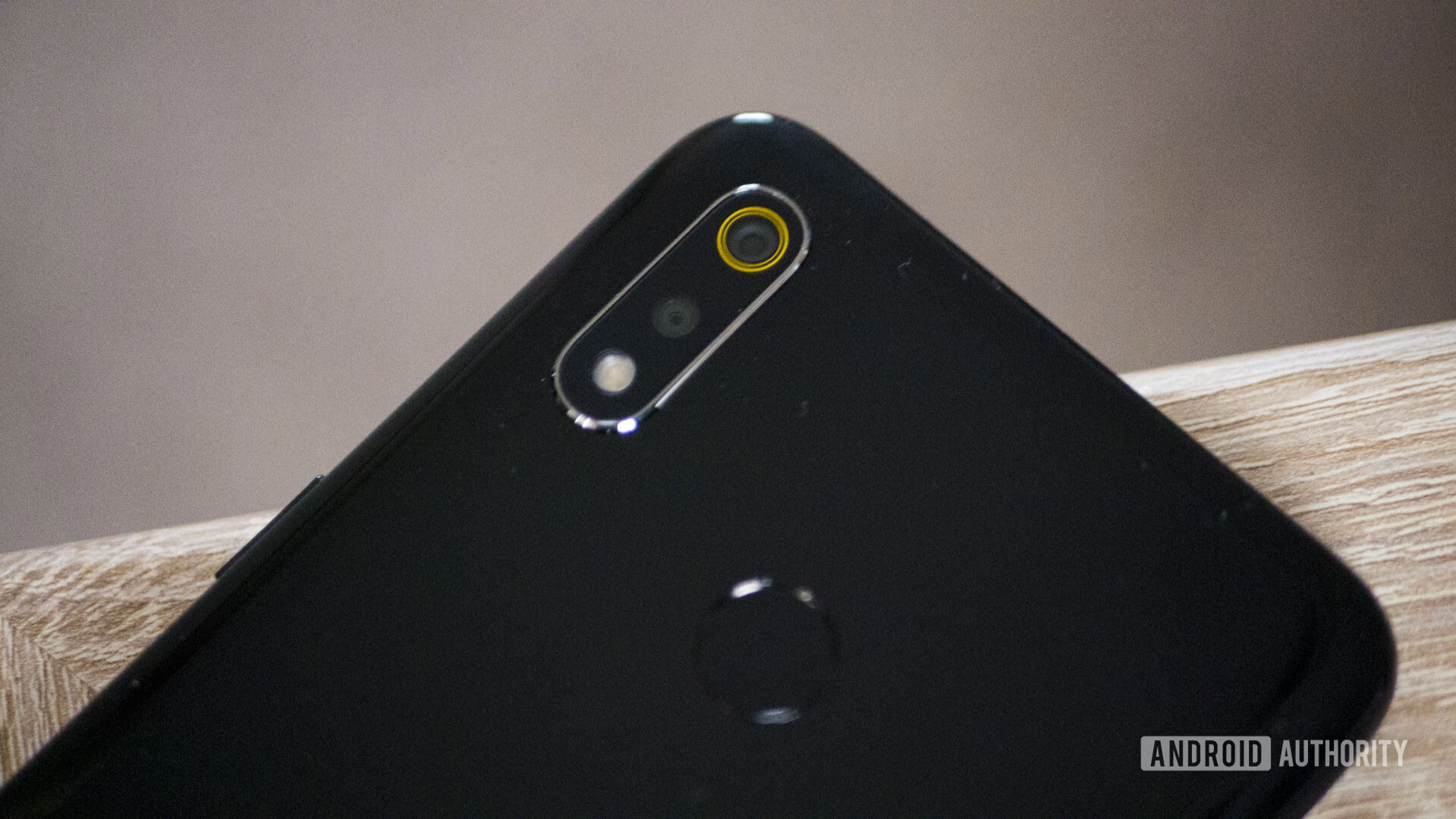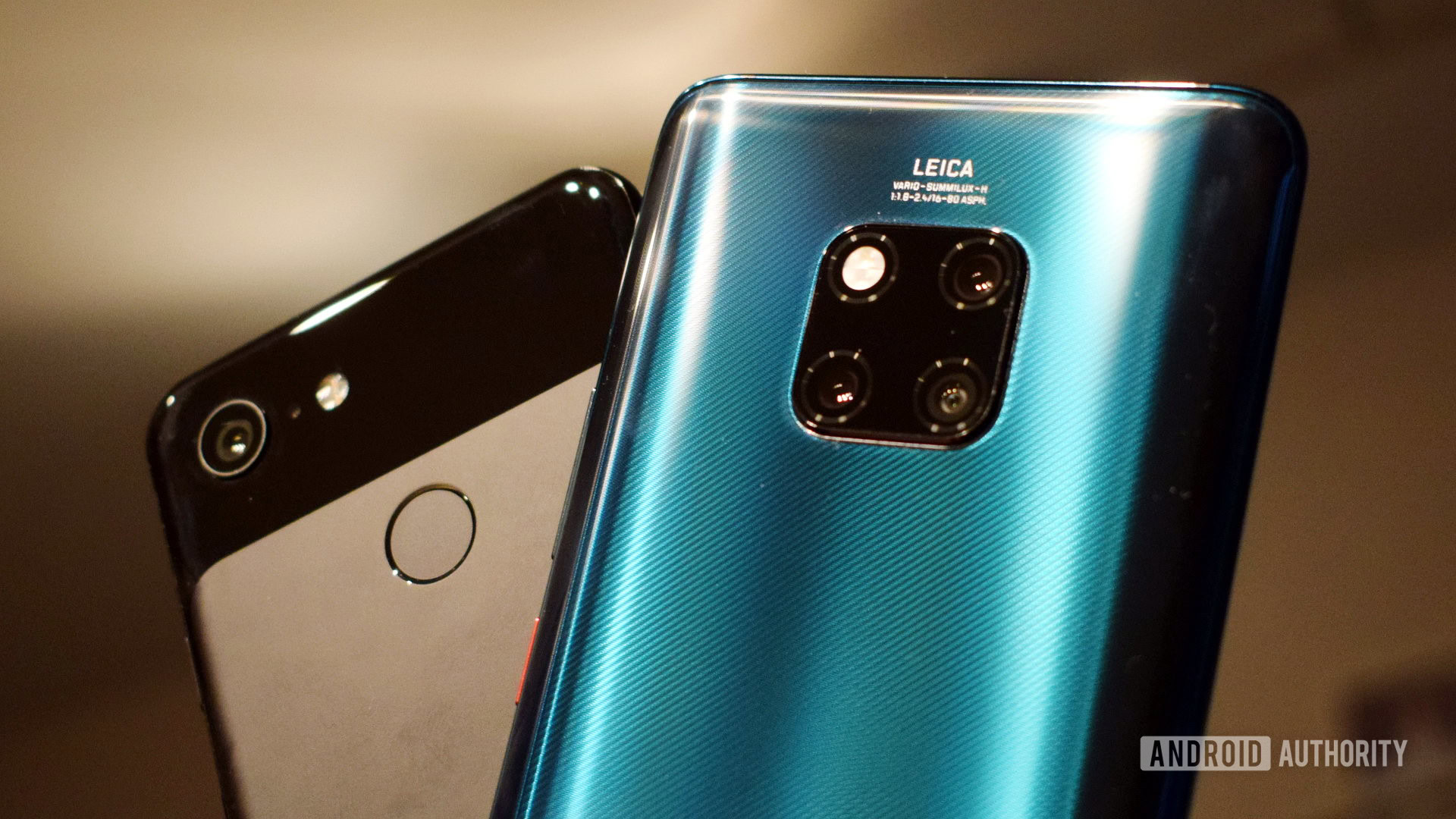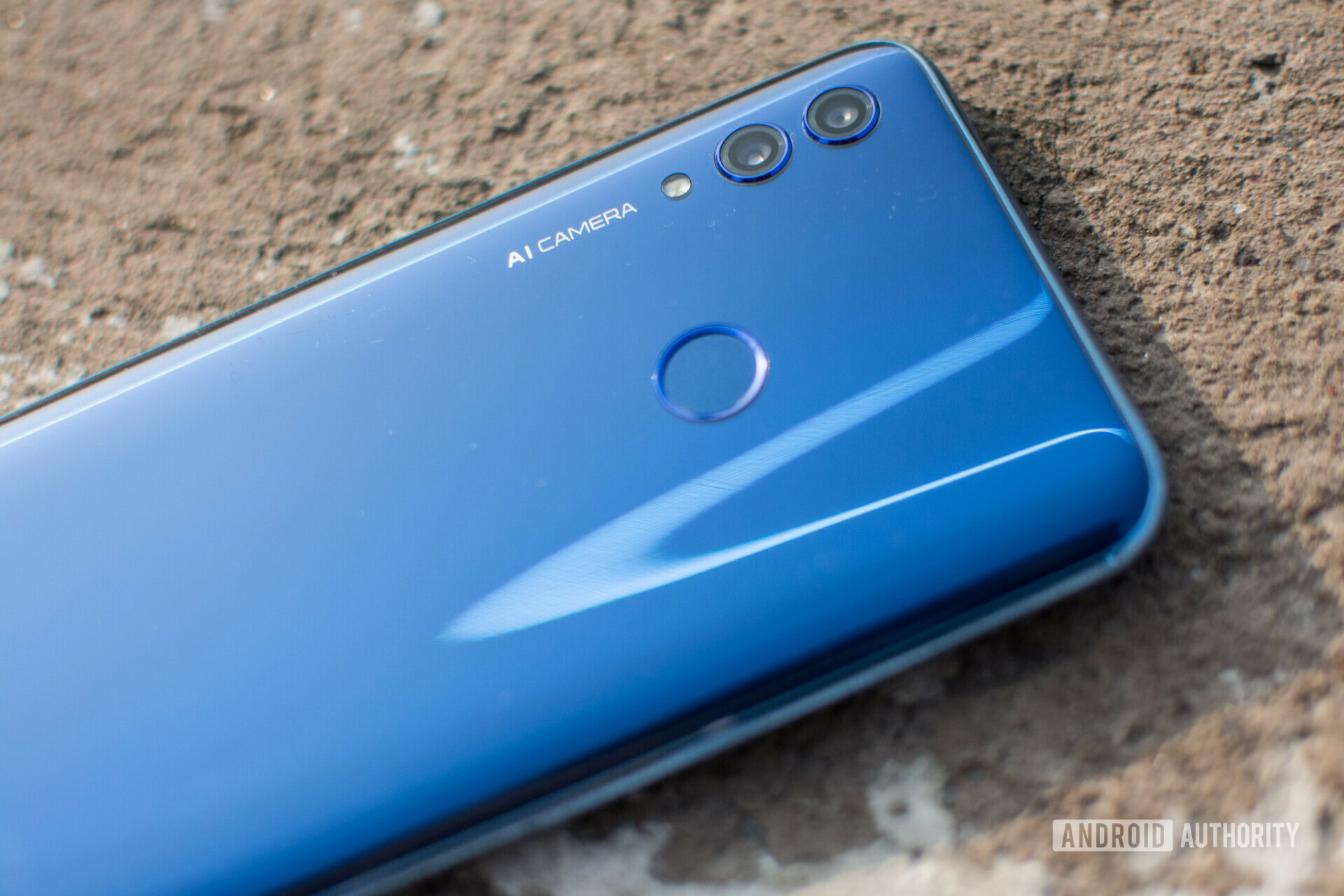Affiliate links on Android Authority may earn us a commission. Learn more.
Night mode could make 2019 budget phone cameras awesome
Published onMarch 22, 2019

Arguably the biggest camera feature in 2018 was the introduction of night mode. Between efforts by Huawei, Google, and Xiaomi, it quickly became apparent that today’s image stacking and machine learning technologies are able to deliver a massive leap in low-light capabilities.

We’ve seen night mode come to HUAWEI’s P20 series, the Mate 20 series, Google’s Pixel 3 duo, and Xiaomi’s Mi flagships. Bringing these features to flagships isn’t surprising, but budget phones could benefit from the technology to an even greater extent, as they usually lack the wide apertures and large sensors of high-end stablemates. It seems like the trickle-down effect has indeed been at work over the past few months.
November 2018 saw the launch of the ~$200 HONOR 10 Lite, packing HUAWEI’s night mode technology. The feature isn’t perfect, as our own Dhruv Bhutani noted in his HONOR 10 Lite review (citing reduced detail), but he still felt it was an improvement over the standard mode.
2019 to be the breakout year for night mode?
The trend shows no sign of subsiding in 2019 either, as the realme 3 launched earlier this month with the tech (calling it Nightscape). The phone arguably marks the first time that a sub-$150 smartphone offers a night mode. We didn’t think Nightscape was amazing in our realme 3 review, though. Reviewer Adam Sinicki told us it definitely delivered brighter shots, but added that you should expect reduced details and more noise. This indeed seems to be the case for the realme 3 comparison featured above.
To be fair, we weren’t exactly happy with Nightscape on the OnePlus 6T, noting that it wasn’t as impressive as Google’s Night Sight. But at least realme has confirmed that older phones would receive night mode too, so consumers don’t need to buy the new device to gain the option.
realme and HONOR aren’t the only companies to introduce a night mode on budget phones, as Xiaomi’s Redmi Note 7 series offers the feature too. What makes it perhaps even more impressive is that this mode is featured on two phones with 48MP main cameras. Dhruv also noted that the mode was “very good” in his Redmi Note 7 Pro review, revealing more details in the shadows and taming highlights.

But what does the rest of the year hold? The elephant in the room is the Google Pixel 3 Lite series, which has been widely rumored for a release in the coming months. It seems like a no-brainer for Google to implement Night Sight on these cheaper phones, giving the mid-range some impressive low-light capabilities.
We’re also expecting HUAWEI’s P30 Lite and other mid-range devices to offer a night mode, along with Xiaomi and the rest of its affordable wares. But what about Samsung? The company currently offers a night mode, dubbed Bright Night, on its Galaxy S10 range. This mode can’t be manually activated, as the AI scene optimizer automatically decides when it’s needed. Nevertheless, the Korean brand’s push to bring more premium features to its mid-range devices means it’s likely a matter of time until we see it on cheaper phones.
Even if night mode doesn’t come to your desired phone, the developer community has been working overtime to port the Pixel 3’s Google Camera experience (including Night Sight) to more phones. Unofficially supported devices include the Pocophone F1, the Essential Phone, and the OnePlus 6T.
Keeping expectations in check

One of the most important takeaways for budget phones and night mode is that the combination is not a silver bullet. A manufacturer can’t simply slap a night mode on a cheap device and call it a day, as the realme 3 shows. A phone with terrible camera hardware and/or a low-end chipset is probably going to deliver a poor night mode experience. On the software side, an OEM with lackluster image processing techniques is still likely to offer a disappointing low-light snap in this mode.
Nonetheless, it’s clear that the foundation for a budget photography revolution is here. Now, how long will it take for every $200 smartphone to have this mode? Only time will tell.
NEXT: Nokia 9 PureView review — HMD Global’s best effort falls frustratingly short